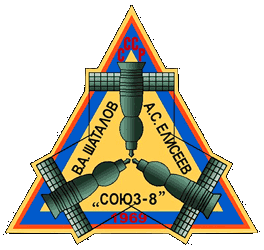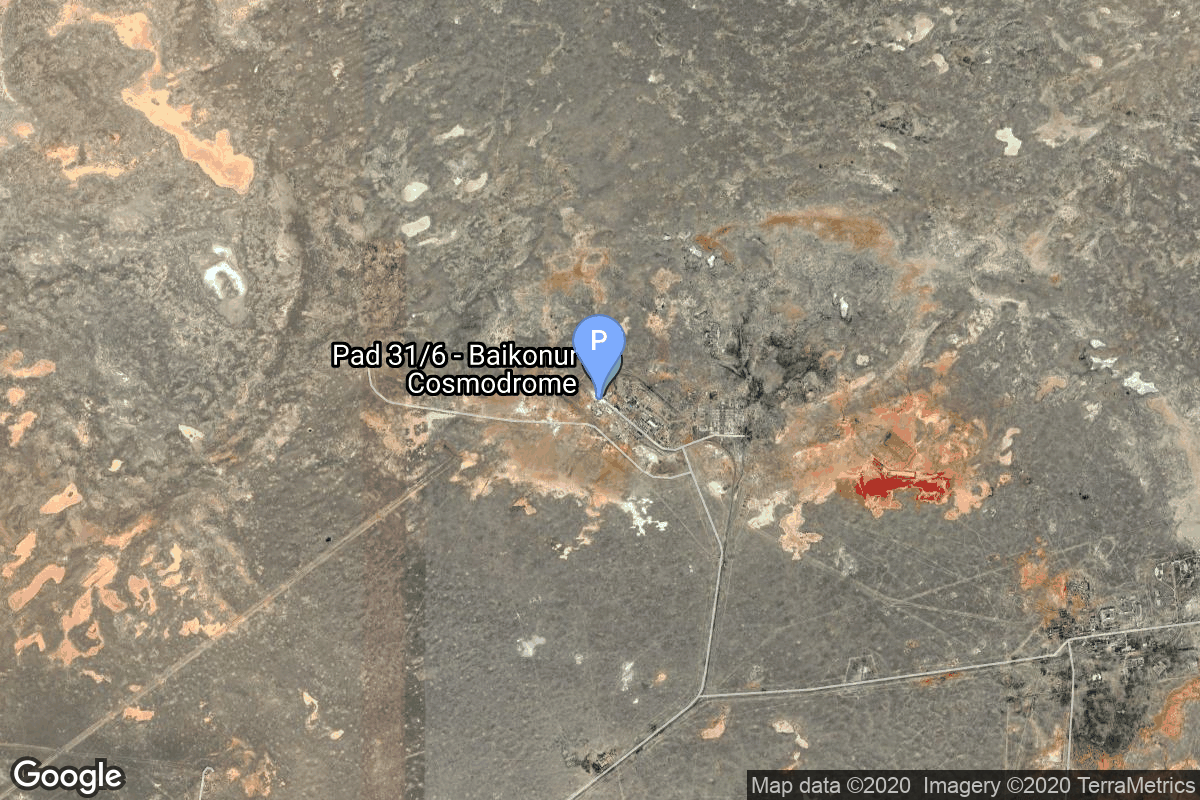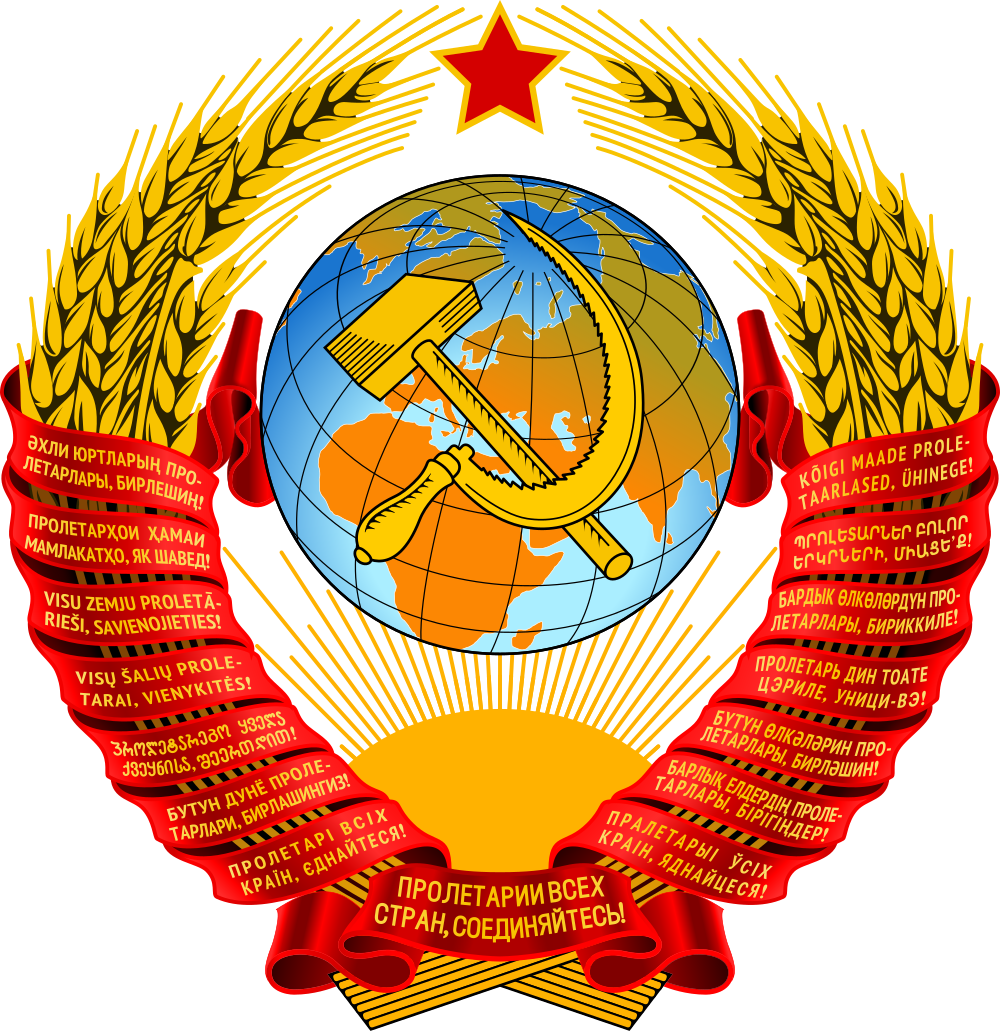Soyuz 8
Soyuz
Soviet Space Program
Crew
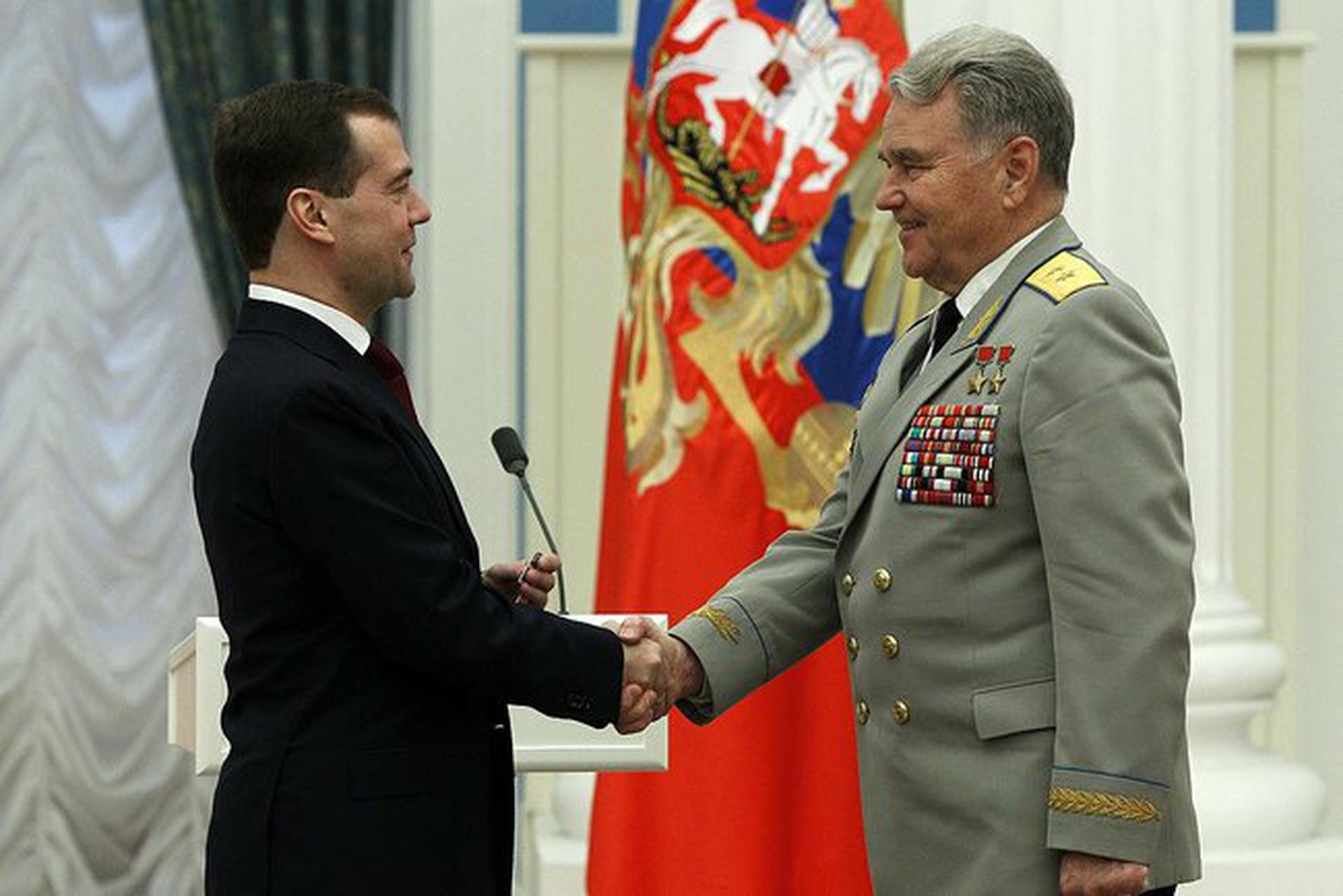
Vladimir Shatalov
- Birthday: 12/08/1927
- Role: Commander
- Nationality: Soviet
- First Flight: 01/14/1969
- Last Flight: 04/22/1971
Vladimir Aleksandrovich Shatalov (Russian: Владимир Александрович Шаталов; born December 8, 1927) was a Soviet cosmonaut who flew three space missions of the Soyuz programme: Soyuz 4, Soyuz 8, and Soyuz 10.
Shatalov was born in Petropavlovsk. From 1971 to 1987, he was Commander of Cosmonaut Training, and Director of the Cosmonaut Training Centre from then until 1991.
Quote: “When we look into the sky it seems to us to be endless. We breathe without thinking about it, as is natural… and then you sit aboard a spacecraft, you tear away from Earth, and within ten minutes you have been carried straight through the layer of air, and beyond there is nothing! The ‘boundless’ blue sky, the ocean which gives us breath and protects us from endless black and death, is but an infinitesimally thin film. How dangerous it is to threaten even the smallest part of this gossamer covering, this conserver of life.”
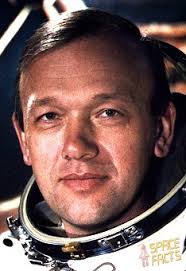
Aleksei Yeliseyev
- Birthday: 07/13/1934
- Role: Flight Engineer
- Nationality: Soviet
- First Flight: 01/15/1969
- Last Flight: 04/22/1971
Aleksei Stanislavovich Yeliseyev (Russian: Алексей Станиславович Елисеев; born July 13, 1934) is a retired Soviet cosmonaut who flew on three missions in the Soyuz programme as a flight engineer: Soyuz 5, Soyuz 8, and Soyuz 10. Aleksei’s father was Lithuanian with the last name Kuraitis, who died in the Soviet’s Gulag as an enemy of the people. Aleksei uses his mother’s last name “Yeliseyev” so some regard him as also being a Lithuanian cosmonaut.
Mission
Soyuz 8
- Type: Human Exploration
- Orbit: Low Earth Orbit
Soyuz 8 was a joint mission with Soyuz 6 and Soyuz 7 that saw three spacecraft in orbit together at the same time. It prime mission was to dock and transfer crew to Soyuz 7 but the mission failed due to docking system failure. Soyuz 8 was Commanded by Vladimir Shatalov and Flight Engineer Aleksei Yeliseyev.
Location
Rocket
Russian Federal Space Agency (ROSCOSMOS) Soyuz
Agency
Soviet Space Program
The Soviet space program, was the national space program of the Union of Soviet Socialist Republics (USSR) actived from 1930s until disintegration of the Soviet Union in 1991.
The Soviet Union’s space program was mainly based on the cosmonautic exploration of space and the development of the expandable launch vehicles, which had been split between many design bureaus competing against each other. Over its 60-years of history, the Russian program was responsible for a number of pioneering feats and accomplishments in the human space flight, including the first intercontinental ballistic missile (R-7), first satellite (Sputnik 1), first animal in Earth orbit (the dog Laika on Sputnik 2), first human in space and Earth orbit (cosmonaut Yuri Gagarin on Vostok 1), first woman in space and Earth orbit (cosmonaut Valentina Tereshkova on Vostok 6), first spacewalk (cosmonaut Alexei Leonov on Voskhod 2), first Moon impact (Luna 2), first image of the far side of the Moon (Luna 3) and unmanned lunar soft landing (Luna 9), first space rover (Lunokhod 1), first sample of lunar soil automatically extracted and brought to Earth (Luna 16), and first space station (Salyut 1). Further notable records included the first interplanetary probes: Venera 1 and Mars 1 to fly by Venus and Mars, respectively, Venera 3 and Mars 2 to impact the respective planet surface, and Venera 7 and Mars 3 to make soft landings on these planets.
